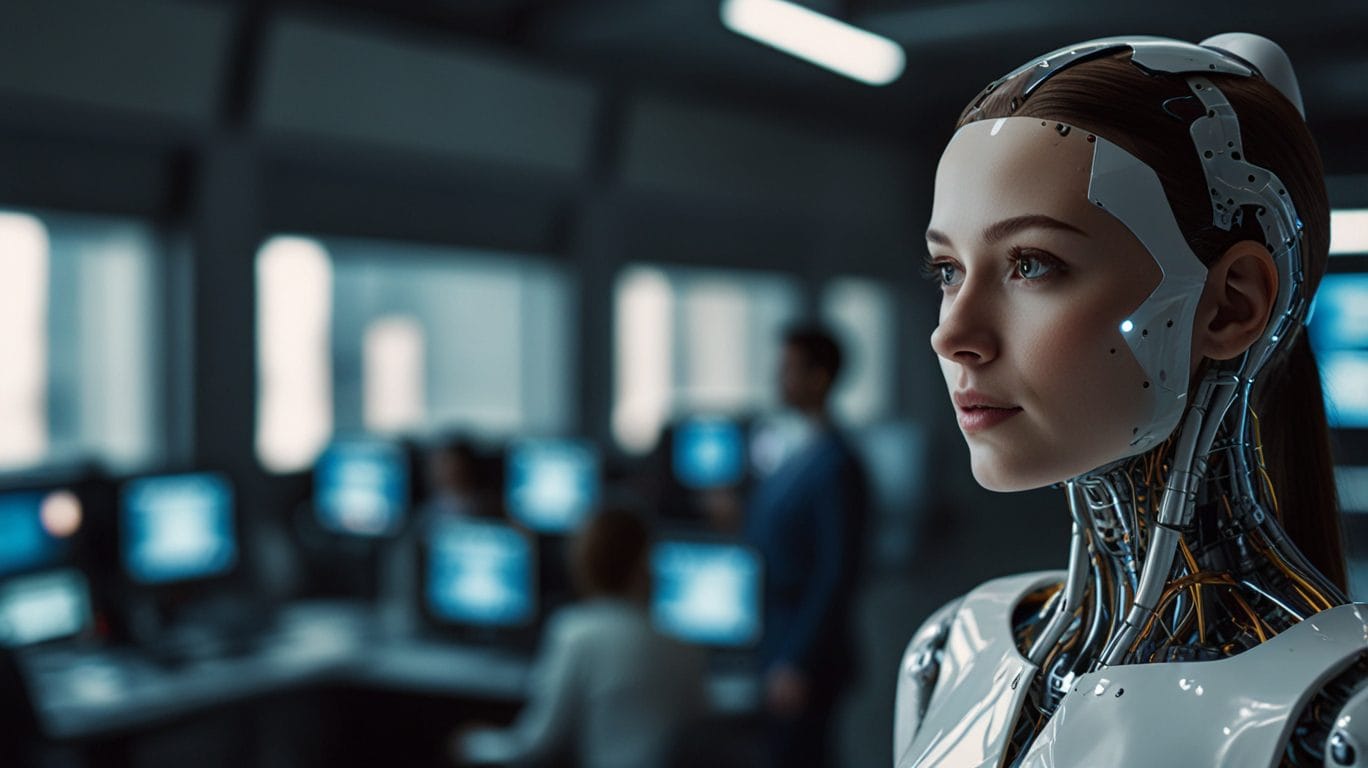Artificial intelligence (AI) is no longer the stuff of science fiction. From self-driving cars to virtual assistants, AI is rapidly transforming our world. But with this progress comes a looming question: will AI advancements replace humans in the workforce in the next few years?
The Power of AI: A Growing Threat or Valuable Tool?
AI’s capabilities are undeniable. Machine learning algorithms can analyze vast amounts of data with unmatched speed and accuracy. AI can automate repetitive tasks, optimize processes, and even make complex decisions. This has the potential to revolutionize industries like manufacturing, healthcare, and transportation.
However, the rise of AI also raises concerns about job displacement. Repetitive tasks like data entry, customer service inquiries, and even some aspects of financial analysis are prime targets for automation.
AI vs. Humans: A Skills Gap or a Permanent Shift?
While AI might excel at specific tasks, it currently lacks the human touch. Creativity, critical thinking, and the ability to handle unforeseen situations are still very human strengths. Here’s a breakdown of the areas where humans might hold an edge:
- Social Intelligence: Understanding human emotions, social cues, and building rapport are crucial for many jobs. AI currently struggles in these areas.
- Adaptability and Problem-solving: Human ingenuity comes into play when dealing with unexpected situations or complex problems that require creative solutions.
- Ethical Considerations: AI algorithms rely on the data they’re trained on, which can perpetuate biases. Human oversight is essential to ensure ethical decision-making.
The Future of Work: Collaboration, Not Competition
Instead of a dystopian future where robots replace humans, a more likely scenario is one of collaboration. Here’s what the future of work might look like:
- Augmented Workforce: AI can become a powerful tool to assist humans. Imagine doctors using AI for complex diagnoses or engineers leveraging AI for advanced design tasks.
- Focus on Human Skills: The demand for skills like critical thinking, communication, and emotional intelligence will likely rise as AI automates routine tasks.
- Lifelong Learning: Continuous learning and skill development will be crucial to stay relevant in the evolving job market.
Preparing for the AI Revolution: Steps We Can Take
So, what can we do to prepare for the rise of AI? Here are some suggestions:
- Invest in Education: Educational systems need to equip students with the skills necessary to thrive in an AI-powered world.
- Upskilling and Reskilling: Continuous learning and adapting to new skills will be essential for workers to remain competitive.
- Focus on Soft Skills: Developing strong communication, problem-solving, and critical thinking skills will be invaluable in the future workforce.
- Policy and Regulation: Governments need to establish policies that address potential job displacement and ensure responsible AI development.
The Bottom Line: Embracing AI for a Better Future
The rise of AI shouldn’t be viewed with fear. AI has the potential to improve our lives in countless ways. By focusing on collaboration, education, and responsible development, we can ensure that AI becomes a tool for a better future, not a threat to our jobs. The key lies in harnessing the power of AI while leveraging our unique human capabilities to create a future where humans and machines work together in harmony.
